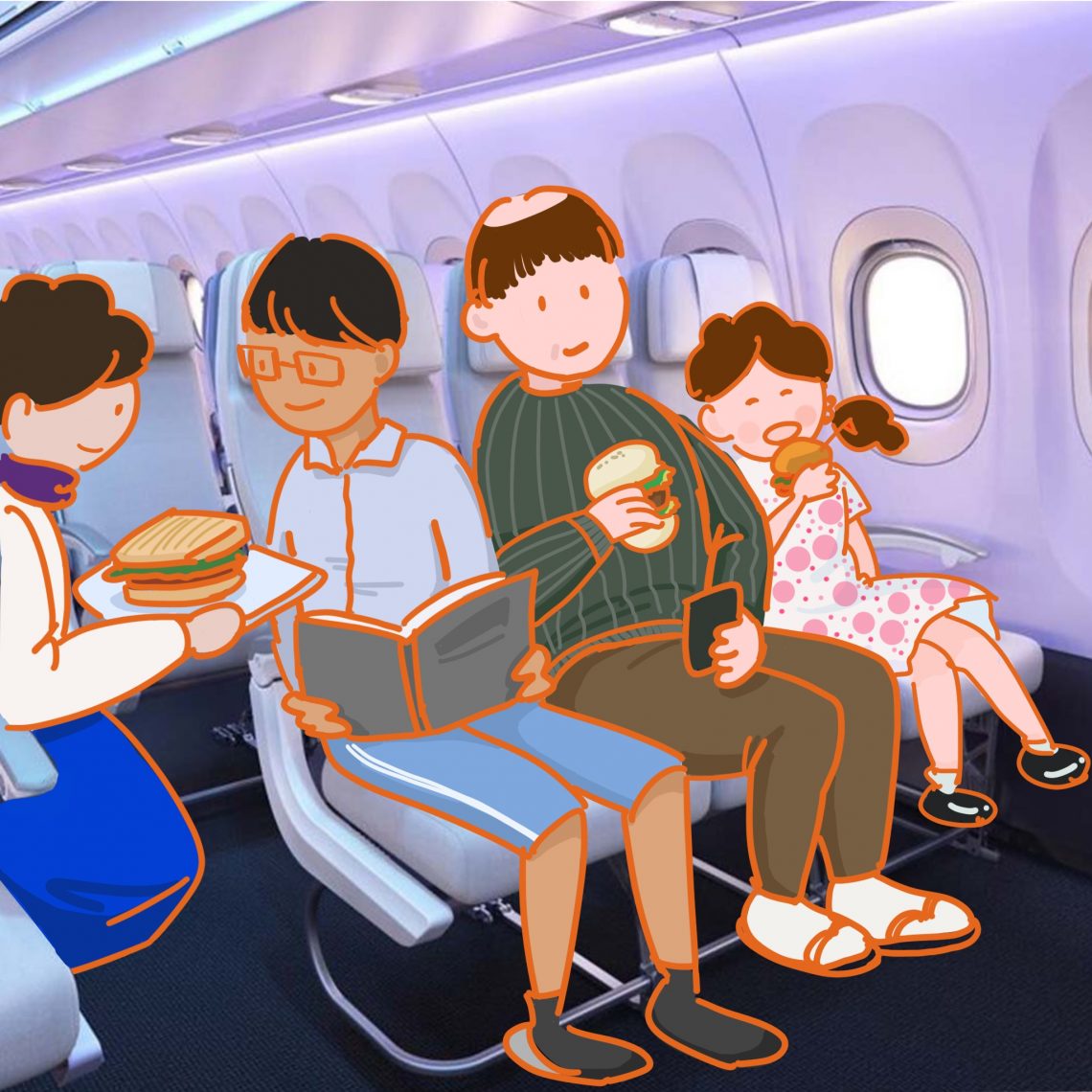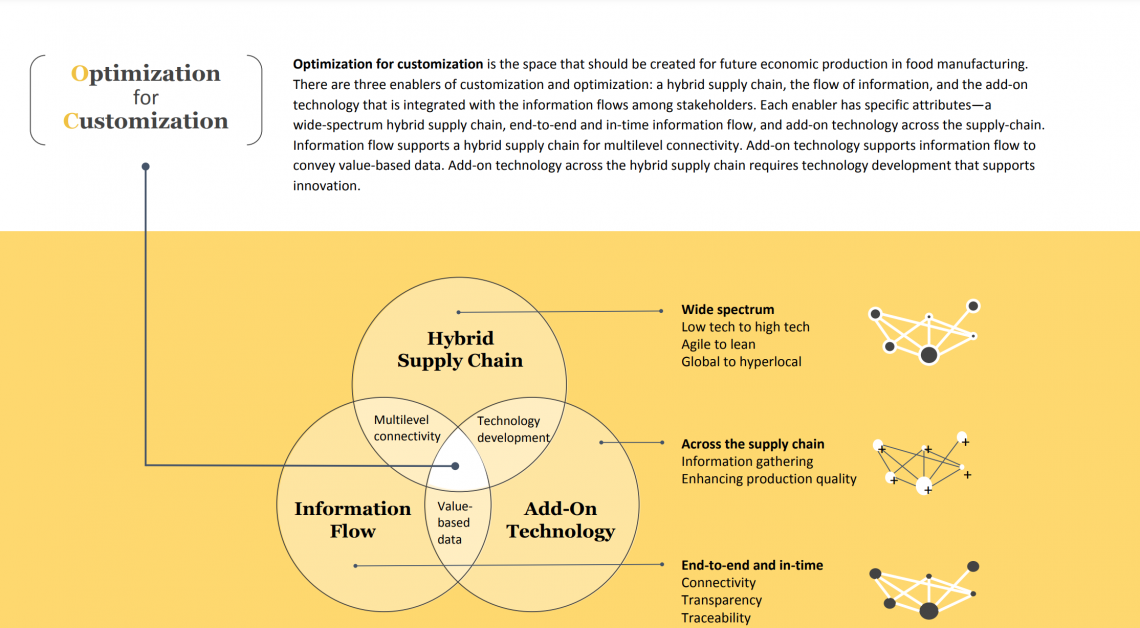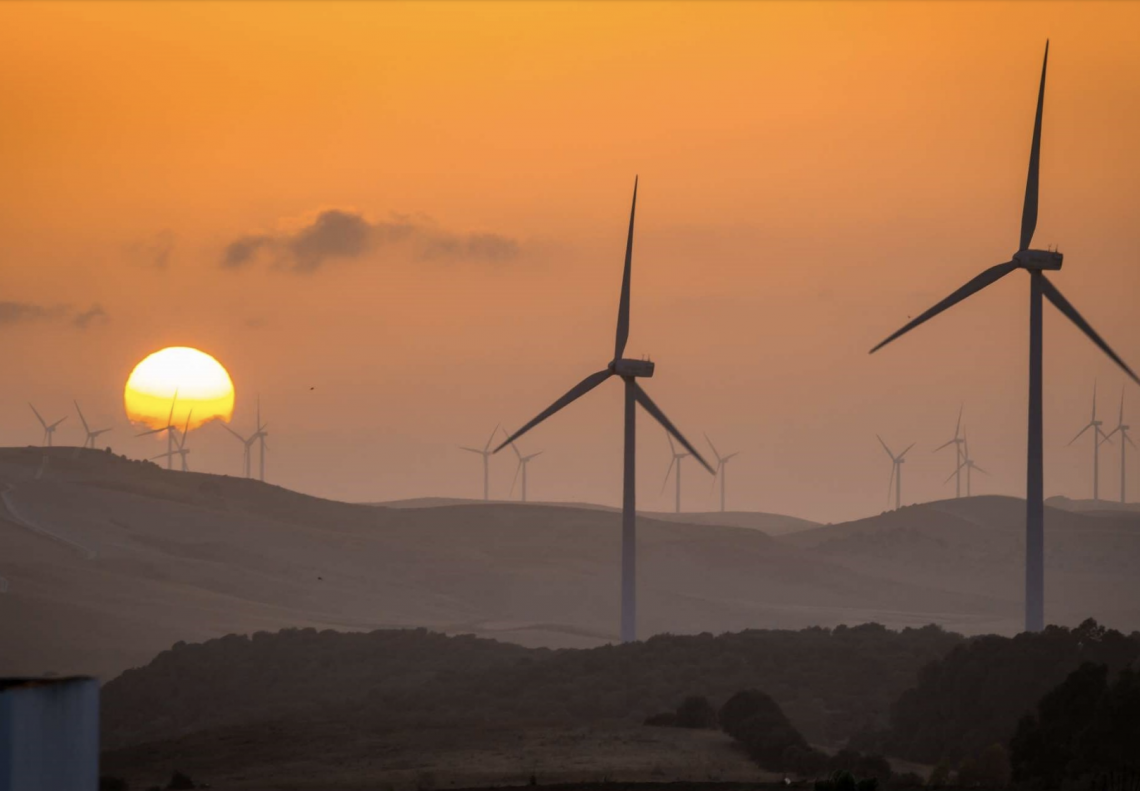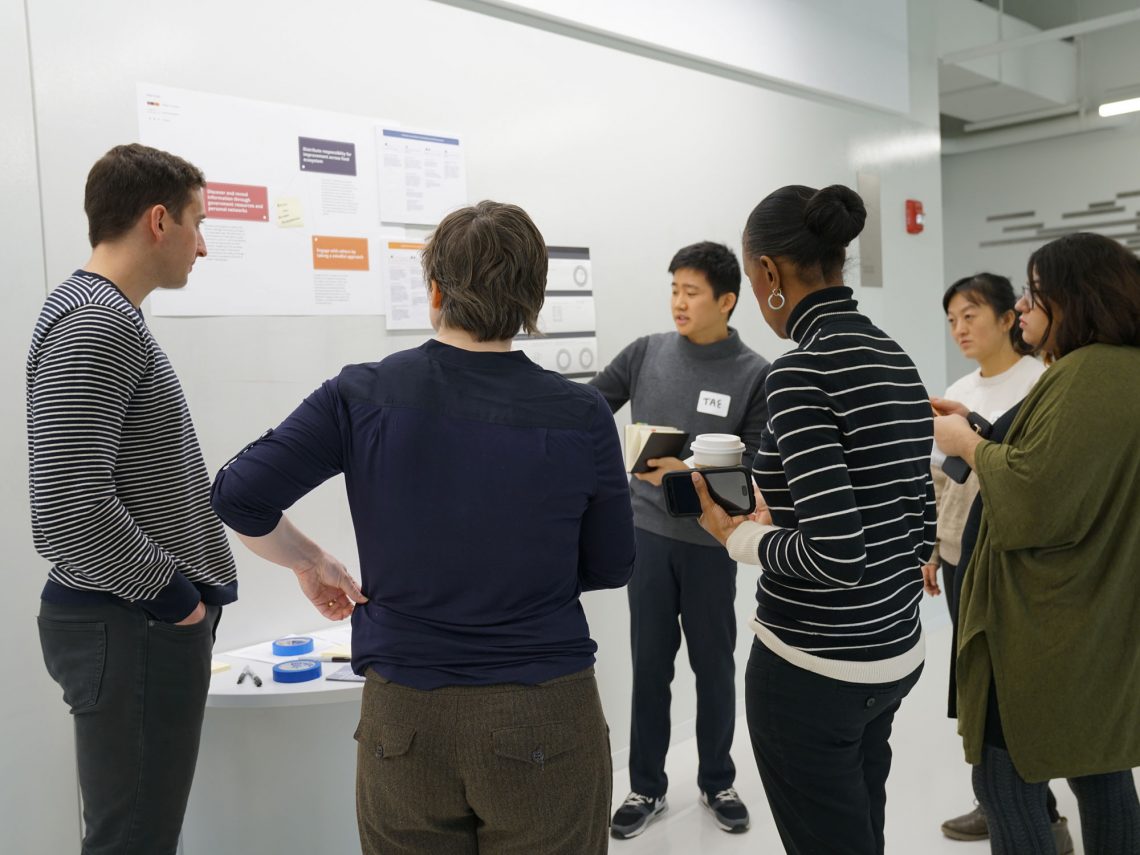The First Step to an Ideal Food Future is “In-Between”
By Andrew Connor
March 31, 2020

The food manufacturing industry is a massive, complex ecosystem that employs a billion individuals globally. It uses both human-made materials and natural resources, the latter of which can be easily impacted by environmental conditions. It is an industry with which nearly the entire world interacts and that affects human well-being on a daily basis, but takes on different significance to different cultures.
So how does one intervene in this complicated system to produce more sustainable and inclusive outcomes? Hendriana Werdhaningsih (PhD 2022) and fellow Institute of Design students attempted to find out in a Hitachi-sponsored research project advised by Charles L. Owen Professor of Design Carlos Teixeira. Through research completed with the help of Teixeira and several ID students, they identified emerging trends in the industry and outlined how companies such as Hitachi could contribute to addressing them.
The design team’s focus was to leverage emerging digital technologies, such as the Internet of Things (IoT) and vertical gardening technology, to align manufacturing processes with the United Nations’ Sustainable Development Goals (SDGs), particularly:
- Zero Hunger
- Good Health and Well-Being
- Decent Work and Economic Growth
- Sustainable Cities and Communities
- Industry, Innovation, and Infrastructure
- Responsible Consumption and Production
The growing need for more sustainable manufacturing processes is driven by shifts in government policies and producer and consumer values. Social, technological, economic, environmental, and political changes are all at play. Specialty diets are increasing as well. For example, some 60 percent of Americans say they are adjusting their diets to avoid specific allergens, limiting sodium or fat intake, or are avoiding specific food intolerances such as gluten. Werdhaningsih’s vision for the future of food manufacturing seeks to account for these shifts.

Embracing cultural diversity means supporting the expression of identity in every aspect of life, including food preferences. A hybrid supply chain serves the entire spectrum of personal expression: lifestyle, culture, and religion. These all influence meal preferences among passengers, who can choose from three variations of burger patties—halal meat, plant-based products, and products with high "worker well-being" scores. Vegetables come from airport indoor vertical farming, with options for adding local cheese and various plant-based seasonings and sauces.
“Customers want products that reflect their values—the pursuit of health and wellness and growing concerns about environmental sustainability and society at large,” she says. “These values are shaping customer demand for food products, from the generic to the personalized, and affecting agriculture, food manufacturing, service, and regulations, from mass to customized production.”
How to move from mass market to mass customization
According to Werdhaningsih, customizability in food manufacturing is key. Emerging technologies could create a symbiotic relationship between unique consumer demands and seamless production by utilizing three areas of enhancement: hybrid supply chains, enhanced information flows, and add-on technologies.
While hybrid supply chains would still rely on global sources and importation, Werdhaningsih suggests adding in hyperlocal food production, such as urban and vertical indoor farms. Doing so allows consumers more freedom to eat food that reflects their values—organic, low-carbon, plant-based—but also acknowledges that not all food items can be sourced locally or regionally.
Improving information flows, meanwhile, could take the form of a publicly available, cloud-based database to increase transparency and traceability across the supply chain. With personal information becoming a part of the database, that increases the opportunity for customization, while the additional transparency of the production chain is conducive to making informed choices for customers while streamlining processes for producers, suppliers, and policy makers.
Finally, the use of add-on technologies would facilitate hybrid supply chains through manufacturing and farming innovations, while enhancing information flow through data via the Internet of Things and connected devices, including wearable industrial equipment, as well as public data such as weather forecasts and government policies.

The report, embedded in full below, makes clear that the implementations on their own are not enough—a new and sustainable approach is required to fulfill the growing needs of consumers and the environment. Doing so will help to move the industry system from its existing mass-market form to what Werdhaningsih calls “mass customization.”
“We can see clearly now that people want more space to choose and more of a voice. For this project we’re crafting this ideal world, which is about finding balance and being human-centered,” she says. “We need to see users as humans, not as consumers; they have a culture and values.”


